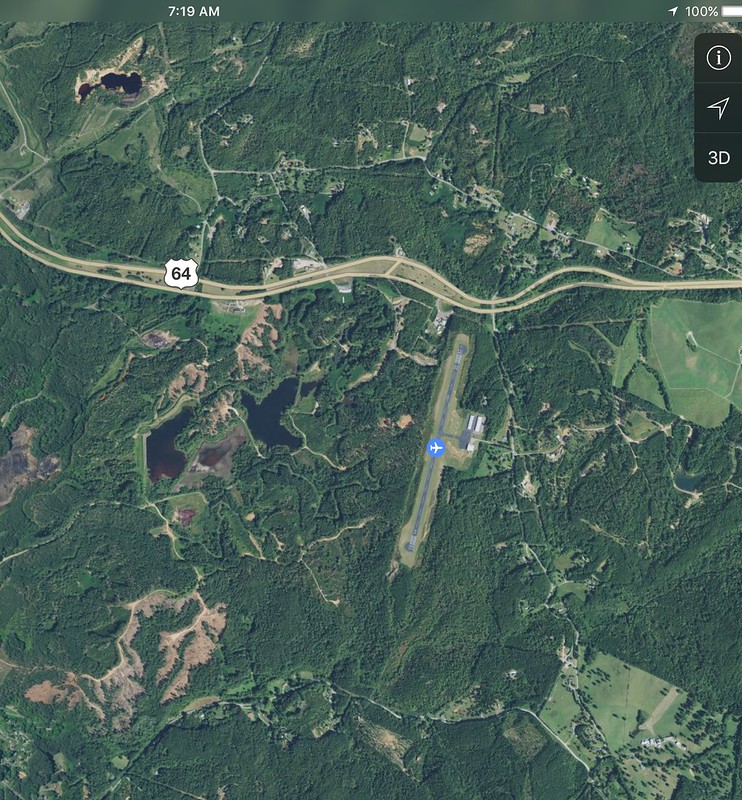FloridaPilot
Pattern Altitude
Since joining POA a few years ago, I have noticed an increase of engine out accidents and I wanted to ask the community how do you plan ahead of time for an engine out emergency on take off with just a few hundred feet of altitude? The run up and pre flight doesn't count because many pilots did just that and still had an engine out on take off so that's not 100%. I know the plan is to land straight with slight turns but does anyone check out the airport and it's surrounding areas ahead of time with Google maps, Foreflight..etc I plan for an engine out and if it doesn't happen I'm grateful!
How do you folks plan?
How do you folks plan?

 for the best...
for the best...



